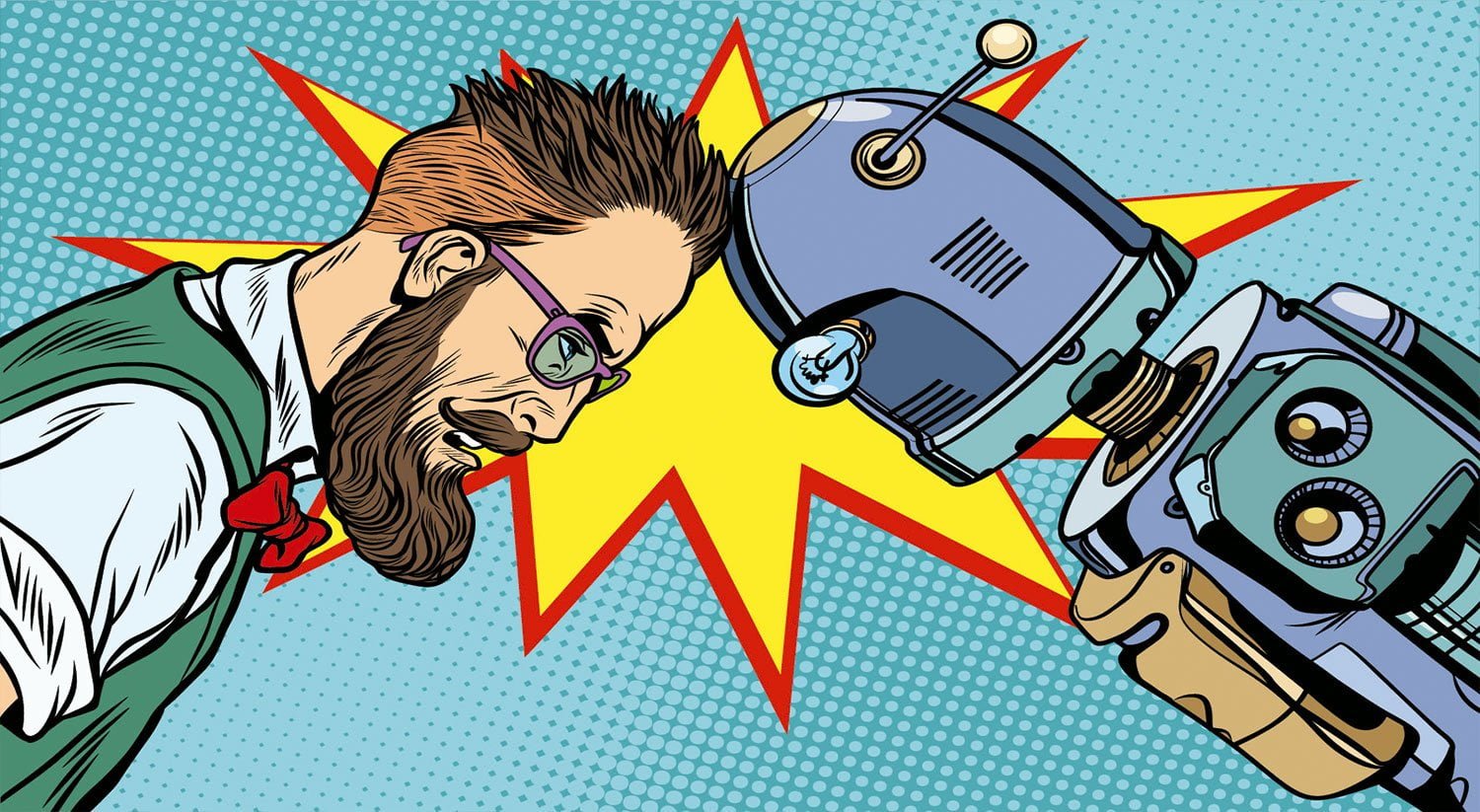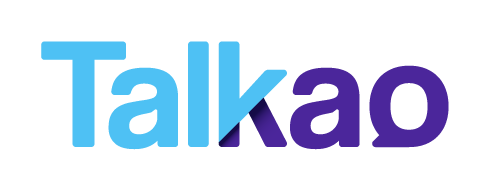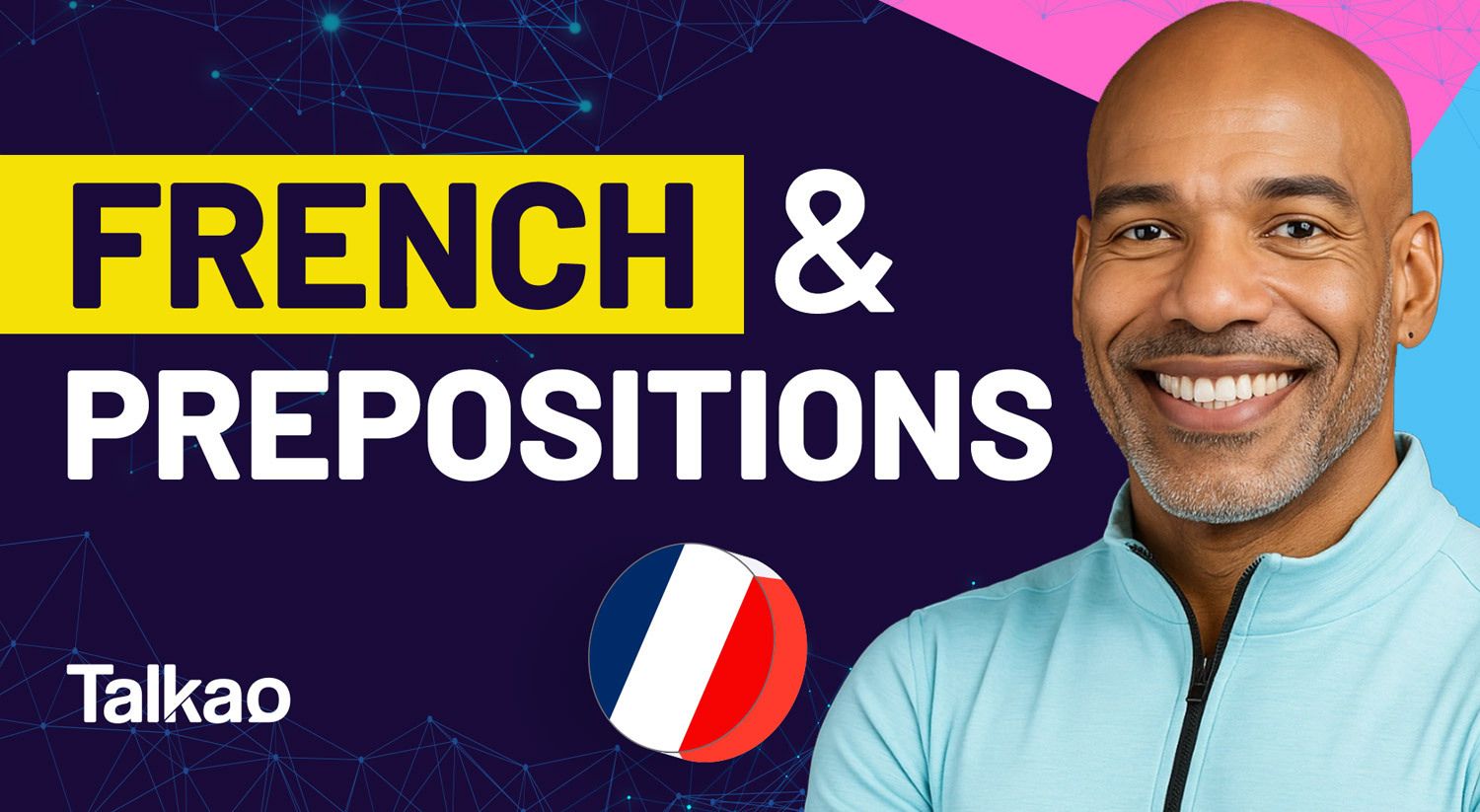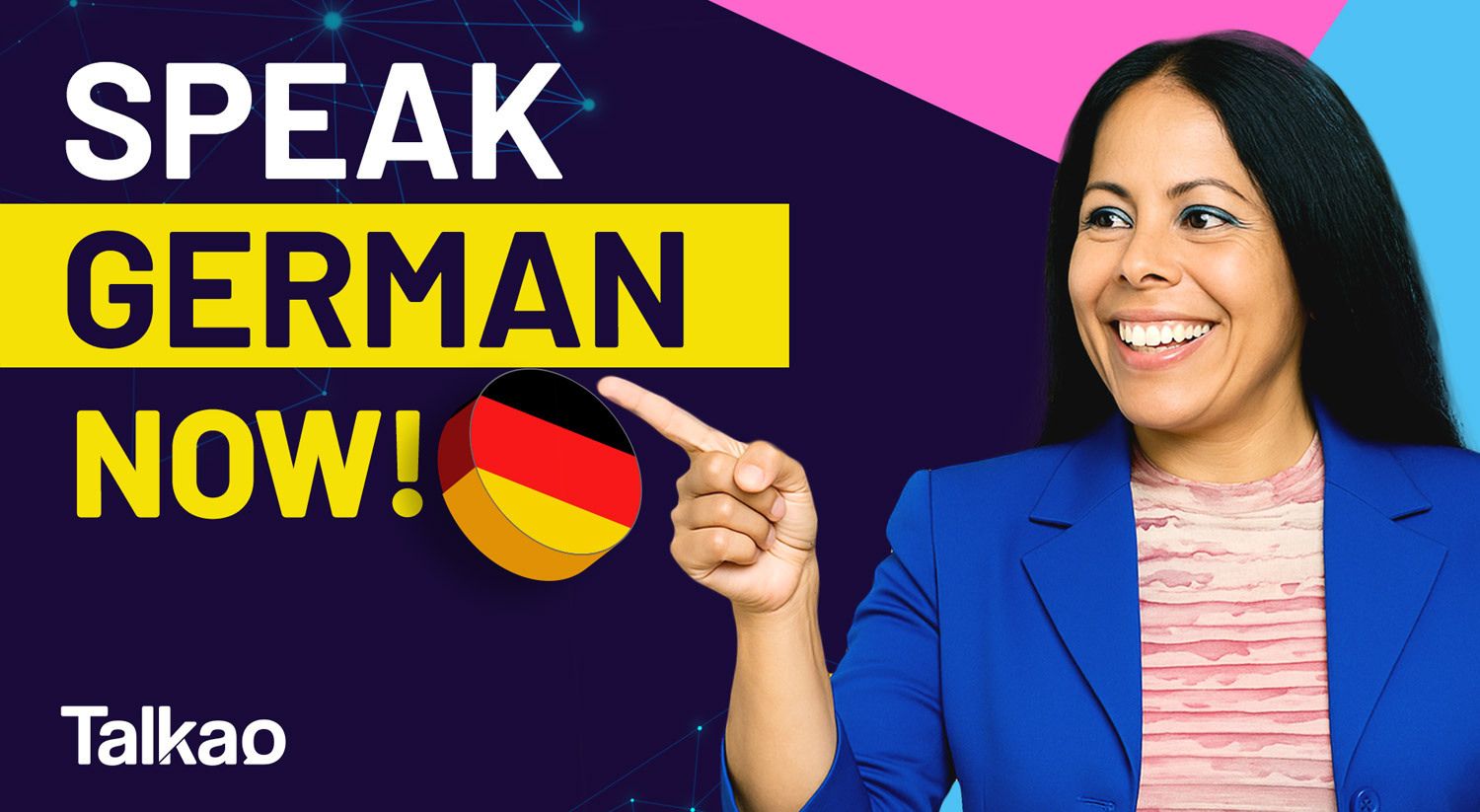
Introduction to AI and its impact on the professional landscape
Artificial Intelligence (AI) has become an integral part of our daily lives. From smartphones to self-driving cars, AI is transforming the way we interact with technology and the world around us. As AI continues to advance, questions about its impact on our professional future become increasingly important.
Will AI create new job opportunities or lead to widespread unemployment? What ethical considerations should be taken into account when implementing AI in the workplace? This article aims to address these questions and more, providing an in-depth look at the role AI plays in shaping our professional landscape.
Understanding artificial intelligence: what is AI?
AI refers to the development of computer systems that can perform tasks typically requiring human intelligence. These tasks include learning, problem-solving, language understanding, and decision-making. AI systems can be classified into two categories: narrow AI and general AI.
Narrow AI, also known as weak AI, is designed for specific tasks and is widely used today in various applications, such as voice assistants, image recognition software, and recommendation algorithms.
In contrast, general AI, or strong AI, refers to systems that possess human-like intelligence, enabling them to understand and perform any intellectual task that a human being can do. General AI remains a theoretical concept for now, but advancements in machine learning and deep learning are steadily bringing us closer to realizing this vision.
The impact of AI on various industries
AI is revolutionizing industries across the board by streamlining processes, increasing efficiency, and reducing costs. Some of the most notable examples include:
- Healthcare: AI-powered tools are being used for diagnostics, drug discovery, and personalized medicine. For instance, AI algorithms can analyze medical images to detect diseases at an early stage, helping doctors make more accurate diagnoses and treatment plans.
- Finance: AI is being used to detect fraudulent activities, automate trading, and optimize investment portfolios. Companies are also leveraging AI to improve customer service through chatbots and virtual assistants.
- Manufacturing: AI is enabling the automation of complex tasks, leading to increased productivity and reduced human error. In addition, predictive maintenance systems are using AI to identify potential equipment failures, allowing manufacturers to address issues before they become critical.
- Transportation: AI is at the core of self-driving vehicles, which have the potential to revolutionize the way we travel, reduce traffic congestion, and minimize accidents caused by human error.
- Agriculture: AI is being used to optimize crop management, monitor soil conditions, and predict crop yields, leading to increased efficiency and sustainability in food production.
AI and job displacement: myth or reality?
As AI continues to evolve, concerns about job displacement are growing. Many people worry that AI will lead to mass unemployment as machines replace human workers. While it’s true that AI has the potential to automate certain tasks, it’s essential to consider the broader context.
Historically, technological advancements have always led to changes in the labor market. For example, the Industrial Revolution saw many manual labor jobs replaced by machines, leading to a shift in workforce demands. However, these changes didn’t result in long-term unemployment; instead, they paved the way for new job opportunities that didn’t exist before.
Similarly, AI is expected to lead to the creation of new jobs that require unique skills and expertise. According to the World Economic Forum, by 2025, AI and automation will have created 12 million more jobs than they will have displaced. Furthermore, AI can also lead to the augmentation of human labor, where AI systems and human workers collaborate to achieve better outcomes.
However, all these developments must be carried out very carefully and gradually, otherwise, it is estimated that it may lead to more disadvantages and damage in the professional landscape.
AI and job displacement: the concerns
Despite the potential for AI to create new job opportunities, there are valid concerns about the transition process. One major concern is the potential for a skills gap, where workers whose jobs are displaced by AI may not possess the skills required for the emerging job market. This could result in a temporary increase in unemployment and social unrest.
Another concern is the potential for AI-driven job displacement to disproportionately affect certain industries and demographics. For example, workers in manufacturing, transportation, and customer service may be at higher risk of job displacement due to the automation of repetitive tasks.
Finally, there is the concern that AI may exacerbate income inequality. As AI systems become more capable, companies may choose to replace human workers with machines to reduce costs, leading to an accumulation of wealth among business owners and shareholders.
The ethical considerations of AI in the workplace
As AI implementation in the workplace continues to expand, ethical considerations must be addressed. Some of the key ethical issues related to AI in the workplace include:
- Bias and fairness: AI systems can inadvertently perpetuate existing biases present in the data used to train them. This can lead to unfair treatment of certain individuals or groups based on factors such as race, gender, or socioeconomic status.
- Transparency and explainability: AI-driven decision-making processes can be opaque, making it difficult for people to understand how and why certain decisions are made. This lack of transparency can undermine trust in AI systems and make it challenging to hold them accountable for their actions.
- Privacy and security: AI systems often rely on large amounts of data, raising concerns about the privacy of individuals whose data is being used. Ensuring that data is collected and processed ethically and securely is essential.
- Labor rights and working conditions: As AI systems increasingly augment human labor, there is a risk of workers being subjected to unrealistic expectations and demands. It’s crucial to ensure that AI implementation doesn’t lead to the exploitation of workers.
Preparing for an AI-driven professional future
To thrive in an AI-driven professional landscape, individuals and organizations must take proactive steps to adapt. Some strategies for preparing for an AI-driven future include:
- Lifelong learning: Embrace continuous learning and skills development to stay relevant in an evolving job market. Focus on developing skills that complement AI, such as critical thinking, creativity, and emotional intelligence.
- Adopting a growth mindset: Be open to change and willing to adapt to new ways of working. Recognize that AI can be a valuable tool for enhancing your professional capabilities.
- Collaboration: Foster collaboration between humans and AI systems to leverage the strengths of both. AI can be used to augment human skills, leading to better decision-making and innovation.
- Promoting ethical AI practices: Advocate for the development and implementation of ethical AI practices within your organization and industry, ensuring that AI is used responsibly and fairly.
AI in education and skill development
As AI becomes increasingly prevalent, it’s crucial to ensure that our education and training systems are equipped to prepare the workforce for the future.
Some ways in which AI can be integrated into education and skill development include:
- Personalized learning: AI-driven adaptive learning systems can provide personalized learning experiences tailored to individual needs, helping students develop the skills they need to succeed in an AI-driven world.
- Skill assessment: AI can be used to assess students’ skill levels and identify areas for improvement, ensuring that they receive targeted support and resources.
- Career guidance: AI-driven career guidance tools can help students explore different career paths, identify their strengths and interests, and make informed decisions about their professional future.
- Build upskilling and retraining programs: AI can be used to identify skill gaps in the workforce and develop targeted upskilling and reskilling programs to address these gaps, ensuring that workers are prepared for the evolving job market.
Balancing AI advancement and human workforce
To ensure a harmonious professional future, it’s essential to strike a balance between AI advancement and the human workforce.
Some strategies for achieving this balance include:
- Investing in human capital: Organizations should invest in their employees’ continuous education and skill development, ensuring that they have the necessary tools and resources to adapt to an AI-driven world.
- Creating new job opportunities: As AI automates certain tasks, focus on identifying and creating new job opportunities that leverage human skills and expertise.
- Embracing human-AI collaboration: Develop systems and processes that enable humans and AI to work together effectively, capitalizing on the unique strengths of both.
- Support displaced workers: We must establish systems to support workers whose jobs are displaced by AI, such as retraining programs, financial assistance and job placement services.
AI: a threat or an opportunity for our professional future?
In conclusion, the impact of AI on our professional future is not black and white. While AI has the potential to displace certain jobs, it also presents opportunities for the creation of new jobs and the enhancement of human labor.
The key to navigating this complex landscape lies in our ability to adapt, learn and collaborate with AI systems.
By embracing AI as an opportunity for growth and innovation, we can shape a professional future in which humans and AI work together in harmony, unlocking new levels of efficiency, creativity and problem-solving ability.
The artificial intelligence dilemma is certainly complex, but by proactively addressing the challenges and seizing the opportunities it presents, we can ensure a better professional tomorrow for all.
By investing in education, skills development and ethical AI practices, we can create a world where AI and human labor coexist in harmony, driving innovation and progress across all sectors. Harness the potential of AI and prepare for the exciting professional future that awaits you.
REMEMBER !!!
You can download our available apps for translating and learning languages correctly available for free on googleplay and applestores.
Do not hesitate to visit our Talkao website and contact us with any questions or problems you may have, and of course, take a look at any of our blog articles.









Newsletter